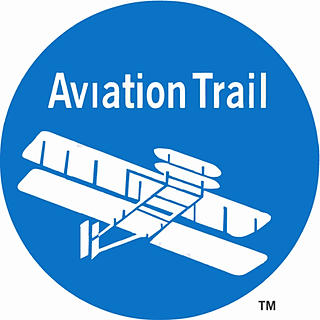United States Parachute Association
- Aviation Trail
- Jul 7, 2016
- 2 min read

Celebrate Dayton, Ohio’s parachute development by jumping out of a perfectly good plane! Really.
The United States Parachute Association (USPA) is celebrating its founding in 1946. The organization was formed after World War II by the veterans who were well trained in airborne activities of the war. Some U.S. Army 82nd Airborne and other military veterans found the fun in jumping out of planes and some gathered at private, smaller airports for the entertainment.
The USPA “Club” in 1946 first incorporated as National Parachute Jumpers-Riggers. The 200 member group grew to about 38,000 USPA members today. The nearest early skydiving club, and still as busy as ever, is Skydive Greene County, east of Xenia, Ohio.
Seventy years of sport parachuting was closely tied with the early development of the parachute first centered at McCook Army Air Field, Dayton, Ohio. The work and testing of parachutes started in the beginning of the 20th century.
The first freefall jump to save a life came with McCook test pilot Lt. Harold Harris who had to get out of a disabled aircraft and used the parachute to save himself in 1922. He was the first member of the Caterpillar Club whose members have saved themselves by using a parachute; the first chutes were from silk (made by caterpillars).
A recently featured Cleveland, Ohio jumper, Len Zak, started after his Marine Corps service 1947-1951. He said much of the early sport parachuting equipment was round silk parachutes military surplus, including chest reserves, coveralls and helmets. Times changed.
The parachute work at McCook Field to Today’s escape systems at Wright-Patterson Air Force Base are shown in Aviation Trail, Inc.’s (ATI) Parachute Museum at the Wright-Dunbar Interpretive Center at West Third and Williams streets. The partnership of ATI and the U.S. National Park Service, shows the history of aviation in the same neighborhood where the Wrights lived and invented the flying machine. Part of the museum is in a building, Hoover Block, where Wrights had a print shop.
For information and hours of the museum featuring Wright Brothers’ history and aviation go to the HOME PAGE and VISITOR CENTER pages on this website, and also see the PARACHUTE MUSEUM page for more on parachute history.







Comments